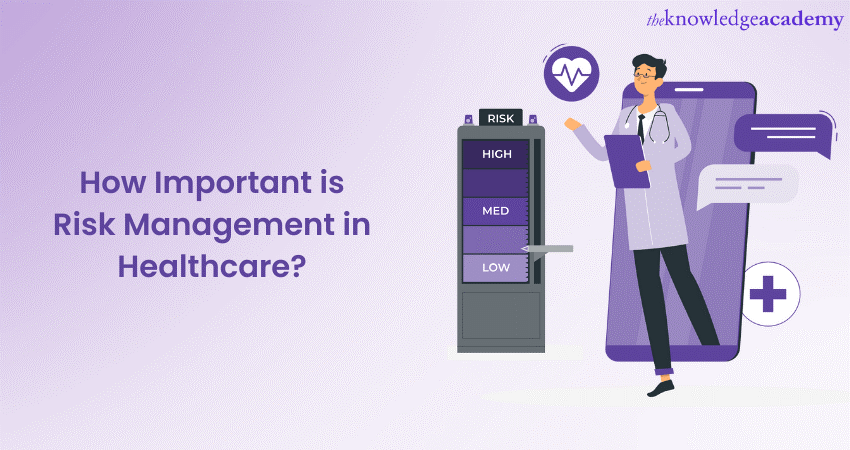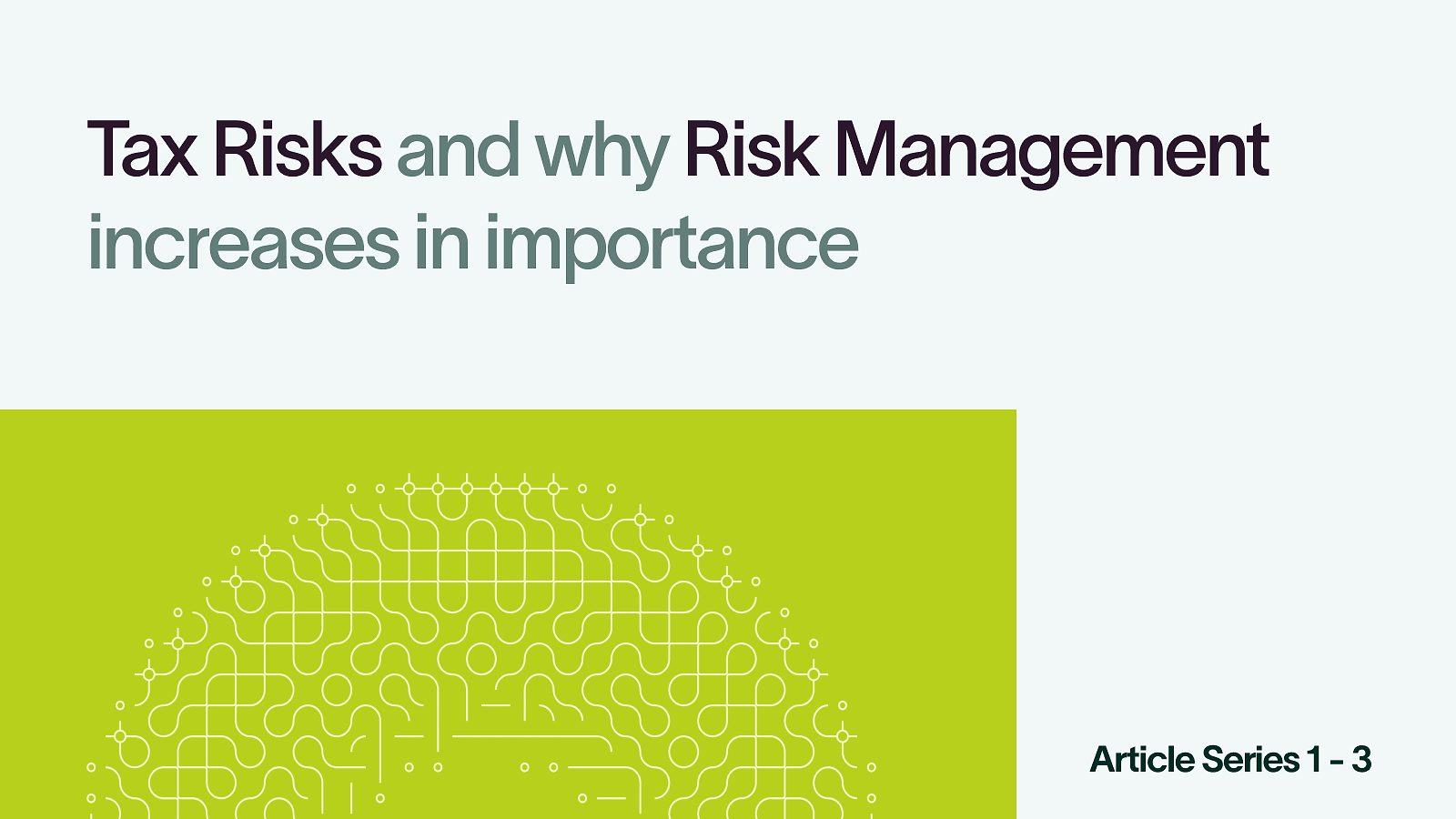Unlocking the Actual Importance of Risk Management for Continuous Growth
Unlocking the Actual Importance of Risk Management for Continuous Growth
Blog Article
The Value of Understanding the Significance of Risk Management in Various Industries

The Core Idea of Risk Management and Its Function
Risk Management, the foundation of several industries, pivots on the recognition, evaluation, and mitigation of unpredictabilities in an organization atmosphere. By correctly identifying possible dangers, businesses can develop techniques to either protect against these dangers from occurring or decrease their effect. When dangers have been identified and assessed, the mitigation process entails developing approaches to minimize their potential influence.
Benefits of Executing Risk Management in Service Workflow

Revealing the Role of Risk Management in Different Industries
While every industry faces its unique collection of threats, the application of Risk Management methods stays a common measure in their search of sustainability and growth. In the healthcare market, Risk Management entails ensuring individual safety and data security, while in financing, it involves mitigating financial investment risks and making sure governing compliance (importance of risk management). Building and construction companies concentrate on employee safety, job hold-ups, and spending plan overruns. In the technology field, business mitigate cybersecurity risks and technology obsolescence. Ultimately, the function of Risk Management across industries is to determine, analyze, and mitigate risks. It is an important part of calculated preparation, making it possible for companies to safeguard their possessions, take full advantage of possibilities, and attain their purposes.
Real-life Study Demonstrating Successful Risk Management
To comprehend the relevance of Risk Management in these numerous industries, one can seek to numerous real-life circumstances that show the successful application of these measures. In the energy sector, British Oil developed Risk reduction prepares post the 2010 Gulf of Mexico oil spill. They executed better safety and security treatments and stricter regulations which considerably reduced more mishaps. In financing, Goldman Sachs successfully browsed the 2008 financial crisis by determining potential mortgage-backed securities dangers early. Last but not least, Toyota, post the 2011 earthquake in Japan, revised its supply chain Management to reduce interruption dangers. These cases show just how industries, gaining from situations, properly applied check my reference Risk Management techniques to lower future risks.
Future Trends and Growths in Risk Management Techniques
As the globe remains to evolve, so too do the patterns and developments in Risk Management methods. Rapid advancements in modern technology and data analytics are improving the Risk landscape. Big information and AI are currently crucial in anticipating and alleviating risks. Organizations are leveraging these devices to develop predictive designs and make data-driven decisions. Cybersecurity, as soon as a peripheral issue, has catapulted to the forefront of Risk Management, with techniques focusing on avoidance, detection, and action. The integration of ESG (Environmental, Social, Governance) aspects right into Risk Management is another expanding pattern, showing the boosting site link acknowledgment of the function that social and environmental dangers play in service sustainability. Therefore, the future of Risk Management exists in the blend of innovative innovation, ingenious methods, and an alternative approach.
Verdict
In final thought, recognizing the relevance of Risk Management throughout a range of sectors is crucial for their long life and prosperity. Inevitably, effective Risk Management adds to extra resistant and sustainable businesses, highlighting the value of this method in today's very affordable and vibrant organization setting.
While every industry confronts its distinct set of dangers, the implementation of Risk Management approaches remains a common denominator in their pursuit of sustainability and growth. In the health care market, Risk Management involves making certain client safety image source and security and information protection, while in finance, it involves mitigating investment dangers and guaranteeing regulatory compliance. Eventually, the role of Risk Management across industries is to recognize, assess, and alleviate threats. These instances demonstrate exactly how industries, discovering from dilemmas, successfully applied Risk Management methods to reduce future risks.

Report this page